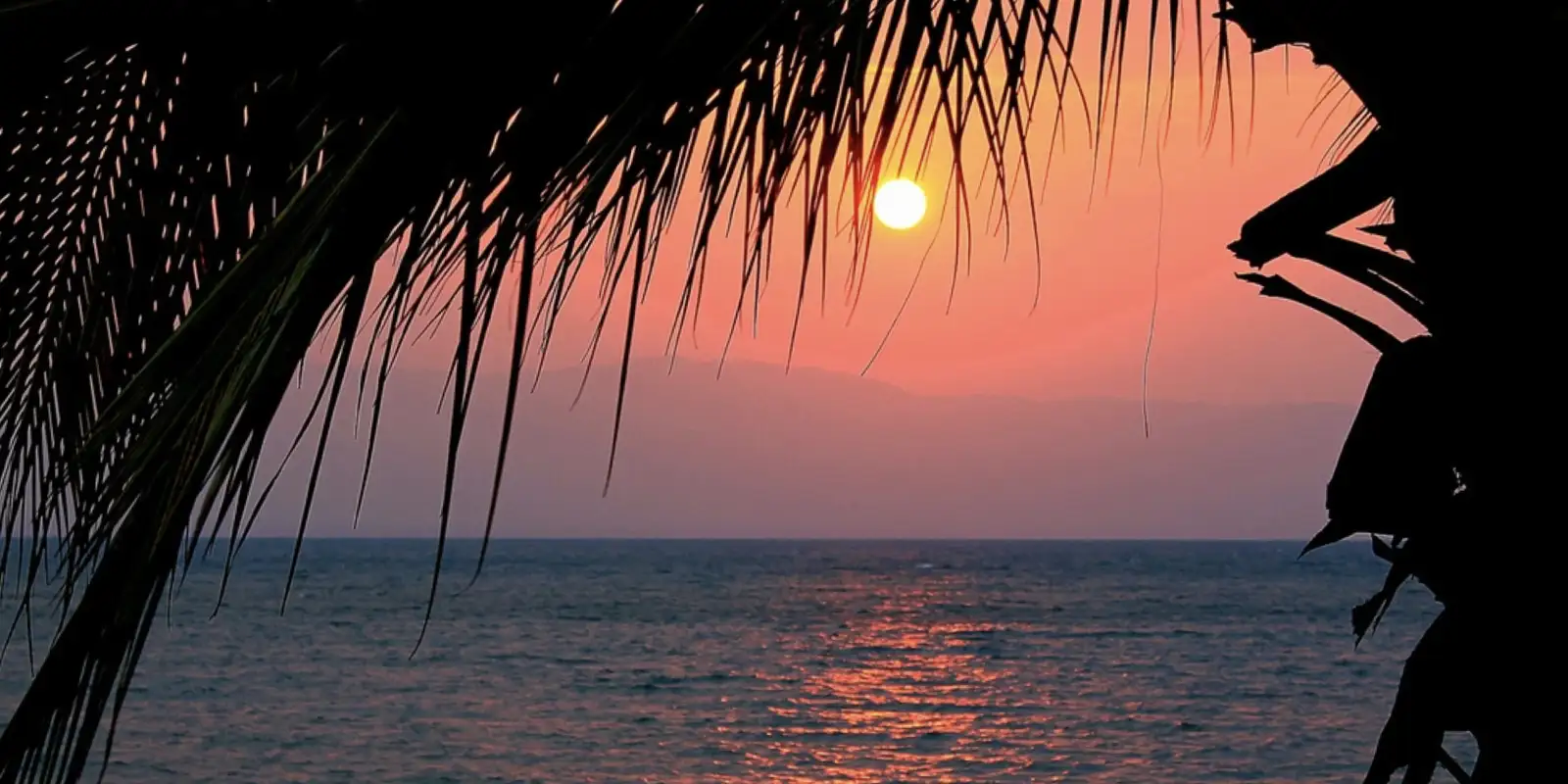Lake Malawi, also known as Lake Nyasa, is the third-largest lake in Africa. Stretching over 350 miles (560 kilometers) across the eastern part of the continent, this remarkable body of water boasts a treasure trove of biodiversity and beautiful landscapes.
Lake Malawi Facts
With a surface area of about 11,400 square miles (29,600 square kilometers), Lake Malawi is an expansive freshwater lake that forms a natural border between Malawi and Tanzania. The border between the two countries doesn’t run through the lake, though. Instead, part of the eastern shoreline forms the border, while another large portion runs south into Mozambique. None of the lake is owned by Tanzania, but local residents along the eastern shore still have access to its refreshing waters.
Lake Malawi’s shimmering shores are dotted with charming towns and villages, each offering a unique slice of Malawian life. For those seeking a tourist haven, Senga Bay, Mangochi, and Nkhata Bay beckon with their bustling markets and sun-kissed beaches. Lake Malawi has several islands, including Likoma and Chizumulu islands. Likoma Island, in particular, is known for its stunning cathedral and is an important historical site.
Lake Malawi, Lake Tanganyika, and Lake Victoria are the three major lakes near the beautiful country of Tanzania. Lake Victoria is famous for being the third largest lake in the world, covering an area of about 26,828 square miles (69,484 square kilometers). Lake Malawi is the ninth largest lake in the world, covering approximately 11,400 square miles (29,600 kilometers). Lake Malawi carves an abyss 2,316 feet (706 meters) deep, earning its place as the world’s seventh deepest.
Biodiversity Of Lake Malawi
Lake Malawi is celebrated for its extraordinary biodiversity, particularly within its vibrant and diverse fish population. The lake is home to an astonishing array of over 700 species of cichlid fish, a remarkable number that accounts for nearly 10 percent of all known fish species on the planet. What makes Lake Malawi truly exceptional is the high level of endemism among its cichlids, with the majority of these species being found nowhere else in the world. Mbuna and Peacock cichlids, jewels of Lake Malawi, showcase an incredible spectrum of colors, shapes, and behaviors.
The lake’s biodiversity extends beyond cichlids to include a variety of other fish species. The African tigerfish is found in the lake and is known for its predatory prowess and distinctive appearance. The Malawi eyebiter is also known for its predatory habits, specifically targeting the eyes of other fish. The Lake Malawi scientists are continually discovering new species.
Conservation efforts are crucial to safeguard the biodiversity of Lake Malawi. The southern part of the lake, designated as Lake Malawi National Park, has been recognized as a UNESCO World Heritage Site, underscoring the importance of preserving this biological treasure. Sustainable fishing practices and community-based conservation initiatives are also being implemented to strike a balance between human needs and the preservation of this natural wonder.
History Of Lake Malawi
Archaeological evidence suggests human settlements along the lake dating back to 10,000 BC. The lake has played a pivotal role as a vital trade route and cultural crossroads for centuries. The history of Lake Malawi is intertwined with the cultures and civilizations that have flourished along its shores. Indigenous tribes, such as the Chewa, Tonga, and Yao, have called the lake’s surrounding areas home. European explorer David Livingstone discovered the lake’s beauty during the 19th century as various Western colonial powers made their way to Africa.
In the late 19th and early 20th centuries, the region around Lake Malawi became a focal point of territorial disputes between the British and Portuguese empires, leading to the establishment of the Nyasaland Protectorate in 1891. Post-independence, the lake has remained a vital resource for the countries surrounding it.
Things To Do At Lake Malawi
Lake Malawi is generally considered safe for swimming, with its clear waters and absence of dangerous marine life. It is recommended that tourists consider medication to further minimize the already low risk of malaria or bilharzia.
Other popular activities on the water include snorkeling, scuba diving, kayaking, canoeing, boating, sailing, and fishing. The hills surrounding the lake offer opportunities for hikers, birdwatchers, and campers seeking unforgettable moments under the African sky.







